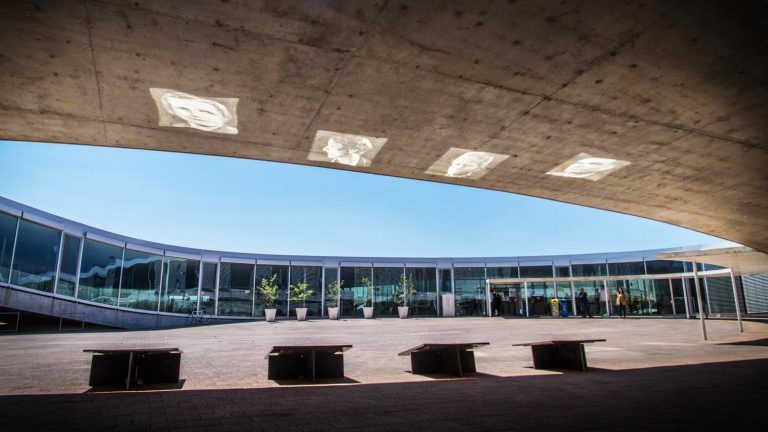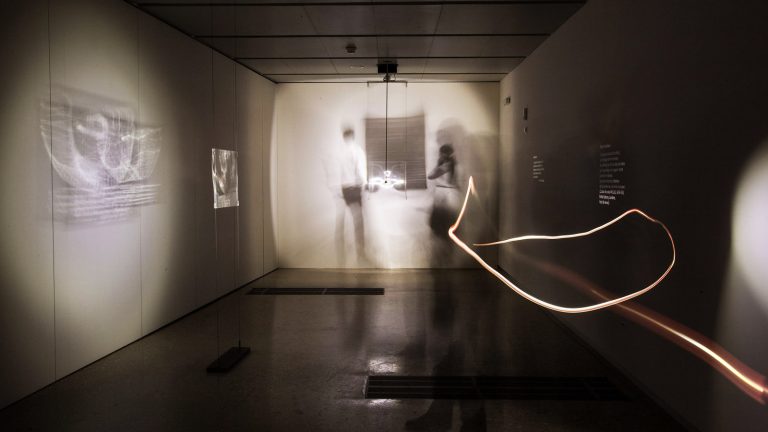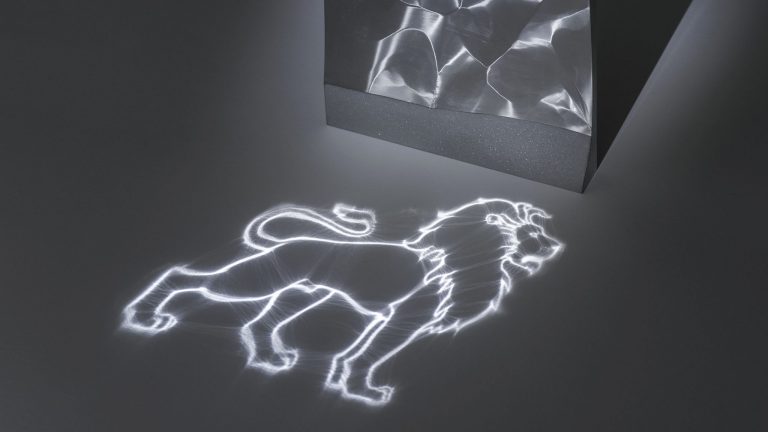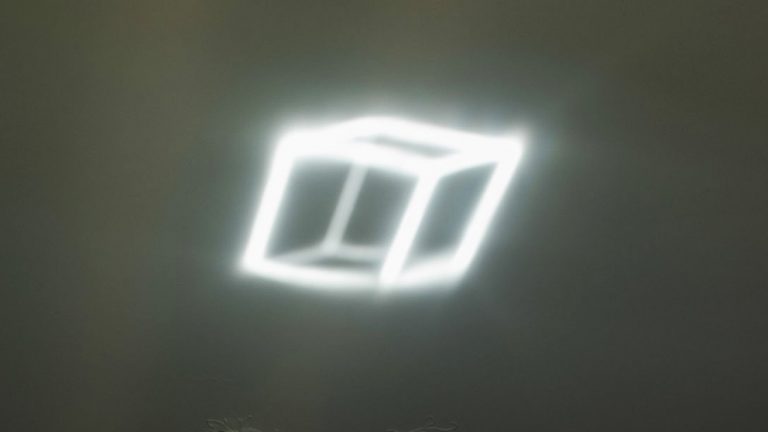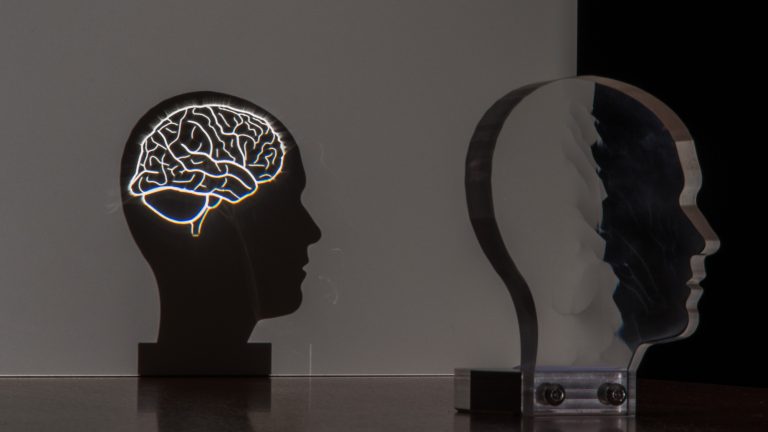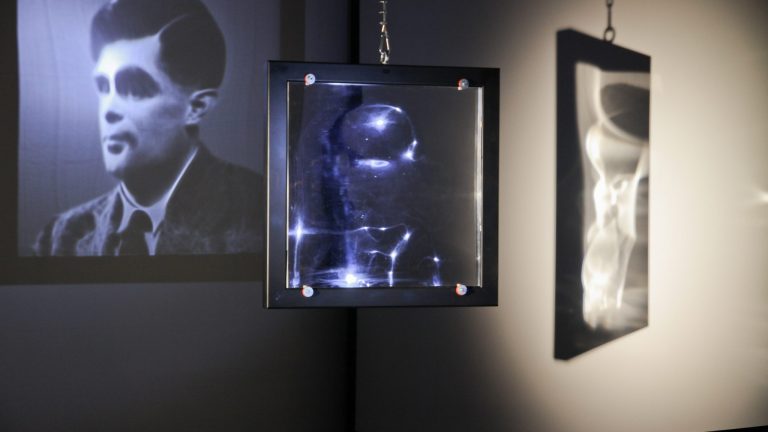Computational Caustics
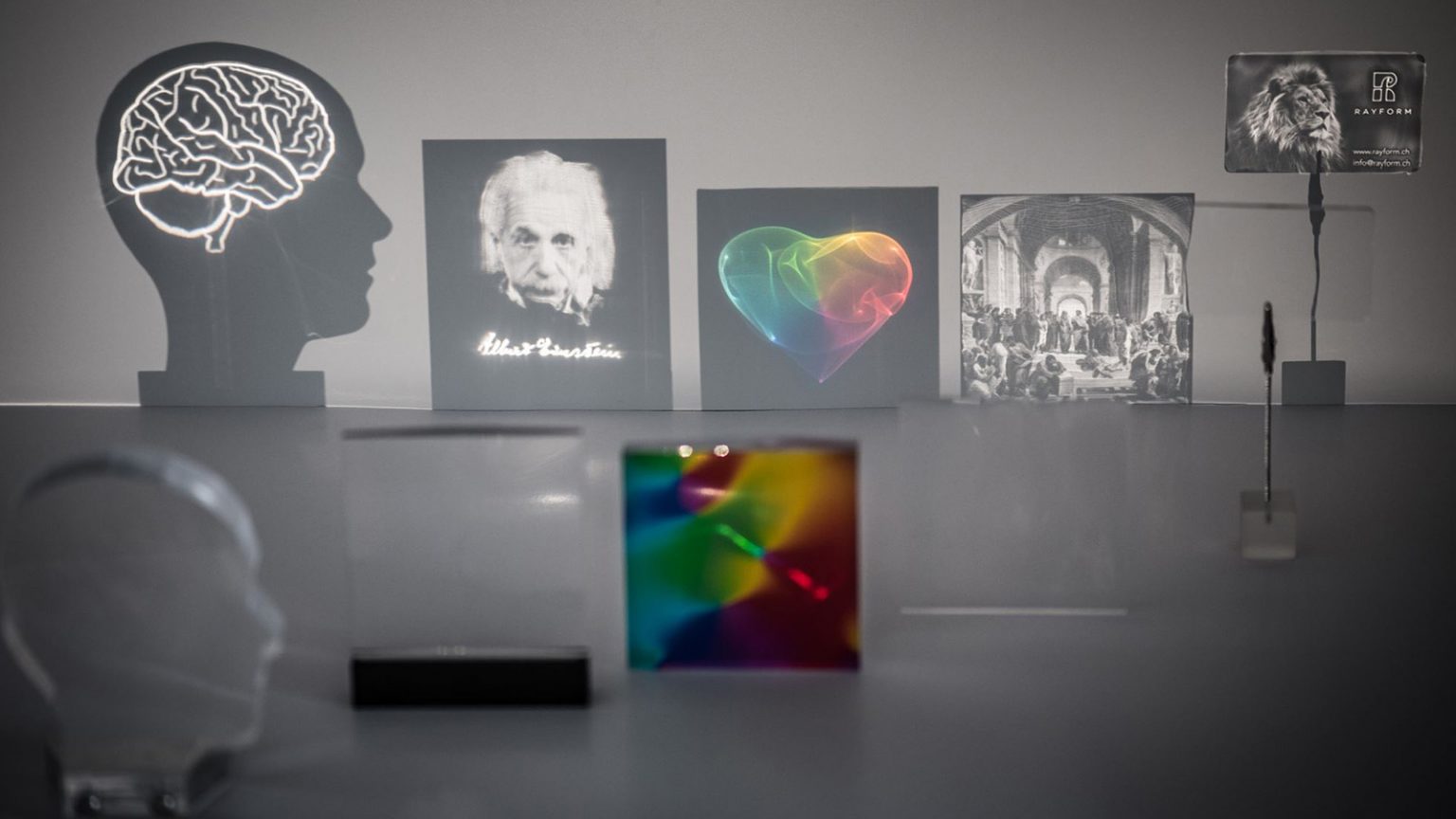
Caustics are captivating light patterns created by materials bundling or diverting light by refraction or reflection. We know caustics as random side effects, appearing, for example, at the bottom of a swimming pool. In this work we show that it is possible to control caustic patterns to form almost any desired shape by optimizing the geometry of the reflective or refractive surface generating the caustic. We demonstrate how this surprising result offers a new perspective on light control and the use of caustics as an inspiring design element. Below we show several prototypes, design studies, and art installations that highlight diverse potential applications of this innovation. For more information, see also the GCM spinoff company Rayform SA.
Publications
High-contrast Computational Caustic Design
2014. SIGGRAPH 2014, Vancouver, BC, Canada, August 10-14, 2014. p. 74:1 – 74:11. DOI : 10.1145/2601097.2601200.Controlling caustics
2013. Glass Performance Days 2013, Tampere, Finland, June 11-15, 2013.Caustic Art
2012
